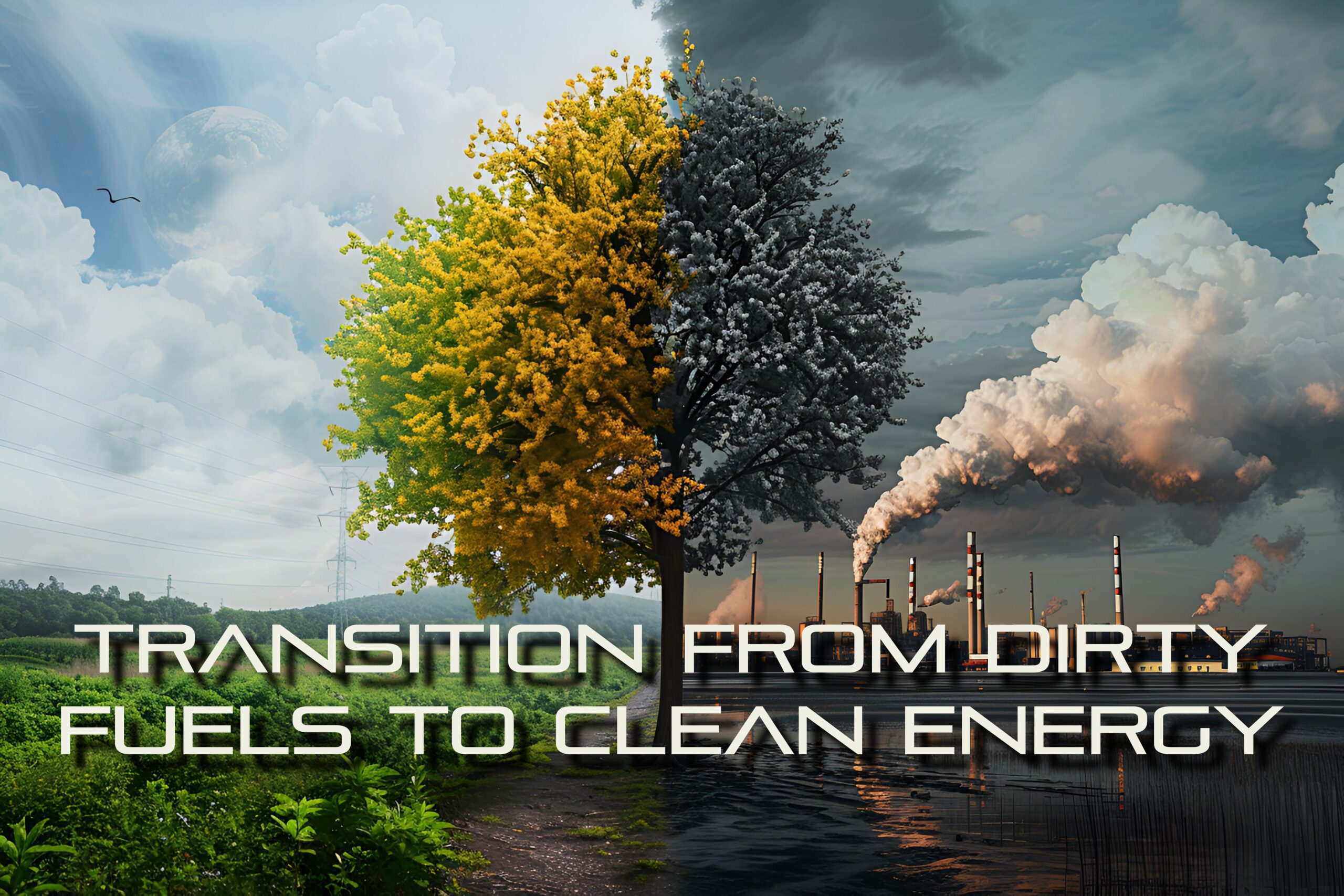Font size:
Print
Transition from Dirty Fuels to Clean Energy: Challenges and Unexpected Diversions
About India’s Energy Landscape:
- Heavy investments in clean energy do not eliminate reliance on older fuels immediately.
- India is the fastest-growing large economy, but far from being a high-income country. The country’s energy needs are growing rapidly.
- India is expanding its solar and wind capacities and developing a clean energy storage ecosystem.
- Despite this, demand for dirty fuels like coal and hydrocarbons will continue to rise.
Oil and Gas Dependency:
- India is the third-largest importer and consumer of oil globally.
- The IEA projects India’s demand for hydrocarbons will rise until 2050, though coal demand may decrease by then.
- India imports over 80% of its oil and 50% of its natural gas, making it vulnerable to market disruptions.
- Domestic oil production is declining due to ageing wells and may fall further unless new fields are discovered.
- Plans to reduce vulnerability to shocks are often shelved once crises abate.
- The United Progressive Alliance-I government initiated underground strategic oil reserves, but development stalled after initial facilities were built.

Policy Awareness and Vulnerability:
- Policymakers are aware of vulnerabilities to external shocks affecting oil and gas prices.
- India has suffered from global oil shocks, such as the Russia-Ukraine war.
- Recent Efforts: Policymakers have reiterated the need to reduce hydrocarbon imports and taken some steps towards this goal
- The Indian Strategic Petroleum Reserves Ltd (ISPRL) is expanding facilities to meet current and future needs.
- ISPRL has invited bids for constructing 2.5 million tonnes of underground storage in Padur, Karnataka.
- Exploration and Licensing Policies:
- In 2015 and 2016, the Hydrocarbon Exploration Licensing Policy (HELP) and the Open Acreage Licensing Policy (OALP) were introduced to attract private players.
- Major global oil companies showed limited interest in unproven Indian fields, preferring lower-risk proven reserves elsewher
|
Challenges and Need for Increased Private Investment:
-
-
- Global oil companies often partner with Indian public or private sector companies.
- Independent bidders frequently exit due to high risks, bureaucratic red tape, and uncertain tax measures like the “windfall tax.”
- Indian public sector undertakings plan significant investments in oil and gas exploration, but this may not be enough.
- India needs more private investment, both domestic and global.
-



